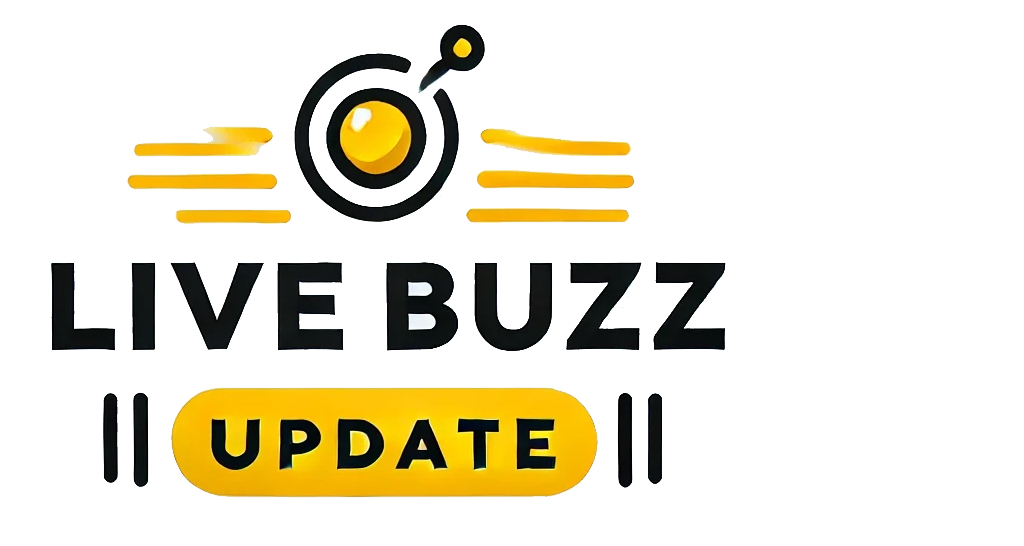“`HTML
The Beginnings of Halite Hunter’s Career
Halite Hunter’s humble beginnings were steeped in the bustling landscape of traditional architectural design. As a creative in this field, Halite was no stranger to the iterative design process, often drafting, scrapping, and redesigning buildings multiple times before settling on a final design. However, things would soon take a turn when Halite crossed paths with a budding artificial intelligence technology by the name of Ludwig.
Meeting Ludwig: A Turning Point
In a spontaneous twist of fate, Halite stumbled upon a workshop on Ludwig, an open source, deep learning toolbox that was built by Uber. Intrigued by the potential of such technologies in revolutionizing the architecture industry, Halite decided to dive in.
Ludwig’s unique feature is its user-friendly nature. Unlike many other AI models, Ludwig does not require users to have extensive coding experience, making it an accessible tool for anyone with an inclination towards artificial intelligence. This was ideal for Halite, who was just beginning to delve into the world of AI and machine learning.
Integration of Ludwig in Halite’s Career
Incorporating Ludwig into his work seemingly resulted in near-instantaneous improvements. Designs were becoming more efficient, planning became less of a chore and most importantly, Halite was able to dedicate more time to crafting beautiful architectural art. By allowing Ludwig to automate the more tedious aspects of the design process, Halite was able to significantly increase productivity.
The Impact: An Unprecedented Rise
Halite’s adoption of Ludwig led to a striking acceleration in his professional trajectory. With the newfound ability to rapidly generate and test architectural designs using AI, he started receiving recognition in the industry. This included winning the Global AI Awards for ‘Most Innovative Use of AI in Sector’ for his cutting-edge building design.
A New Chapter in Architecture
The fusion of Ludwig and architecture in Halite’s work is arguably just the tip of the iceberg. Ludwig’s inherent flexibility opens up endless possibilities in architectural design, paving the way for a new era of collaborative, AI-assisted creativity in the field.
Final Reflection: A Changed Perspective
Looking back, Halite’s encounter with Ludwig wasn’t just a happenstance, rather, it was a pivotal moment that shifted the direction of his career forever. The intersection of technology and creativity allowed him to transcend traditional boundaries, embodying the true essence of contemporary architecture.
“`
Last modified: November 25, 2024
